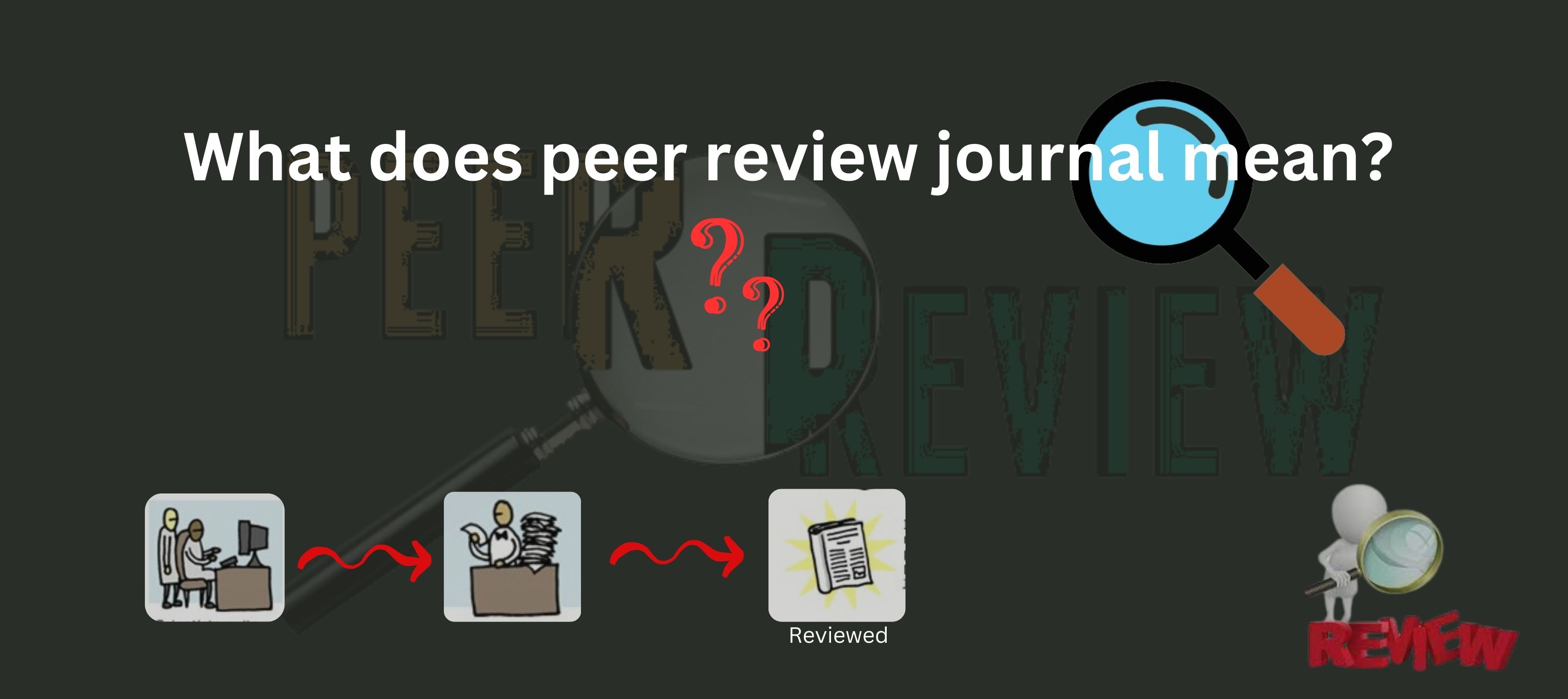BLOG Details

What does Peer Review Journal Mean?
A peer-reviewed journal, also known as a refereed journal, is a type of scholarly publication that uses a process called peer review to ensure the quality and credibility of the articles it publishes. Here's how the peer review process generally works:
Submission: Authors submit their research articles or papers to the journal for consideration.
Editorial Evaluation: The journal's editor or editorial team evaluates the submission to determine if it meets the journal's scope, standards, and guidelines.
Peer Review: If the submission passes the initial evaluation, it undergoes a peer review process. The editor sends the manuscript to experts in the field (peers or referees) who are independent of the author and the journal. These experts assess the manuscript for its quality, accuracy, methodology, significance, and overall contribution to the field.
Feedback and Revision: Based on the feedback from the peer reviewers, the author may be asked to revise and improve the manuscript. This iterative process may involve multiple rounds of revisions and reviews.
Acceptance or Rejection: After the peer review process and any necessary revisions, the editor makes a final decision on whether to accept the manuscript for publication, request further revisions, or reject it.
Publication: Accepted articles are then published in the journal and made available to the academic community and the public.
Peer-reviewed journals are considered a gold standard in academic publishing because they involve a rigorous evaluation by experts in the field. The peer review process helps ensure the reliability and credibility of the information presented in the articles, as well as the overall quality of the research. Researchers, scholars, and academics often prioritize peer-reviewed journals when seeking credible and authoritative sources for their work.






















